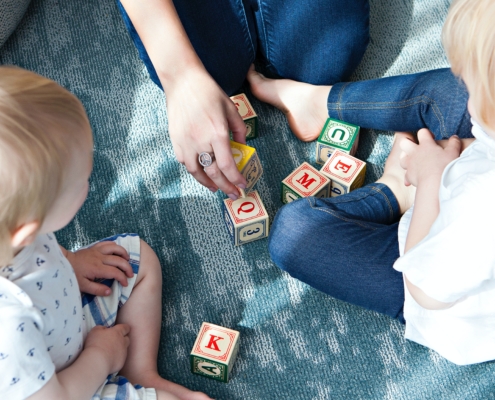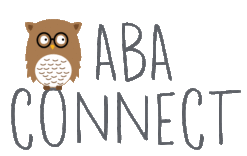Tag Archive for: BCBA
 Photo by Marisa Howenstine on Unsplash
Photo by Marisa Howenstine on UnsplashIs ABA Best for My Child?
A parent’s perspective of ABA and how it can help.
Shortly after my son was diagnosed with Autism Spectrum Disorder (ASD), I remember sitting in the pediatrician's office, wondering what to do next. I was exhausted from years of hoping he…
